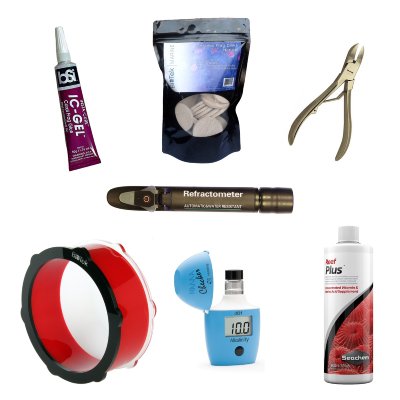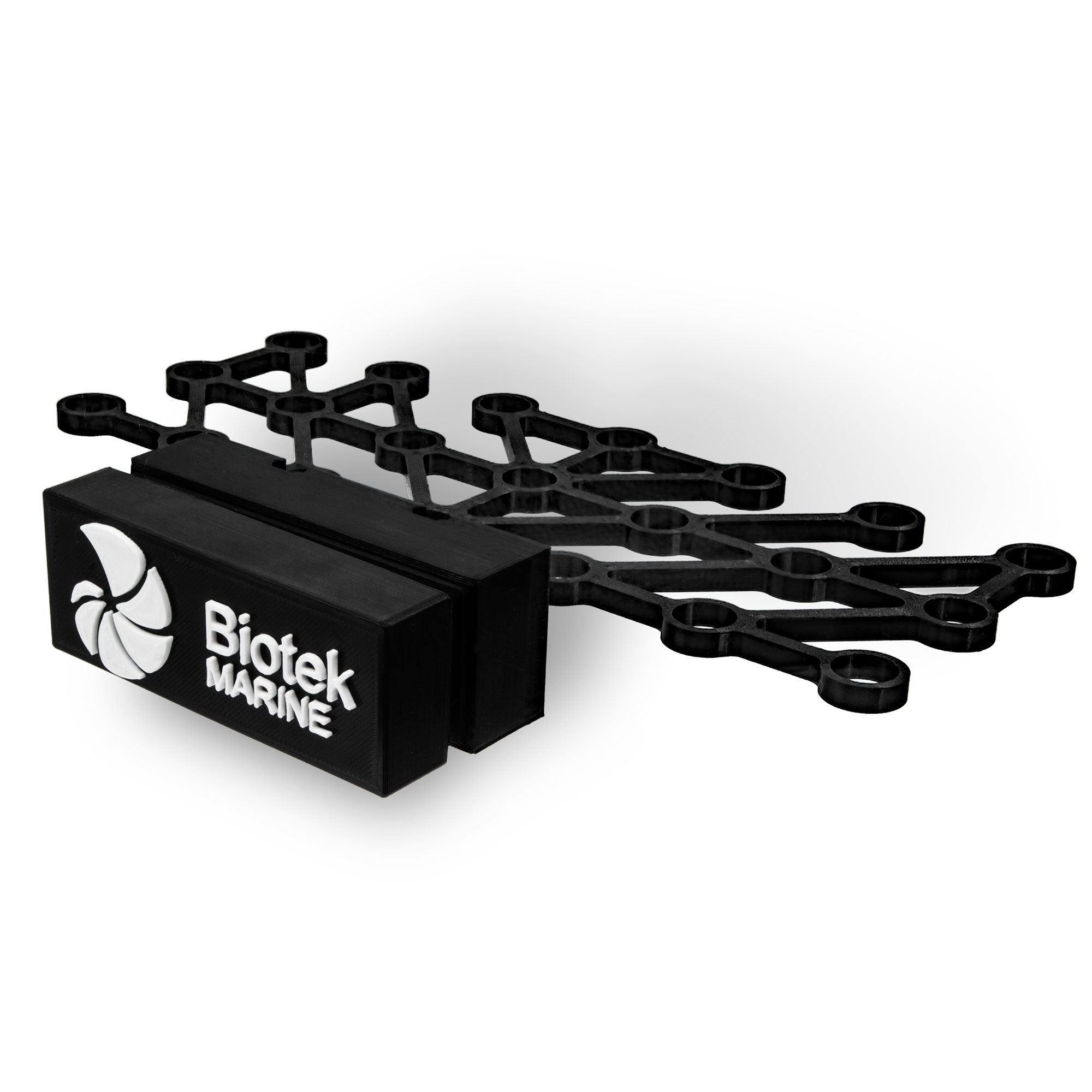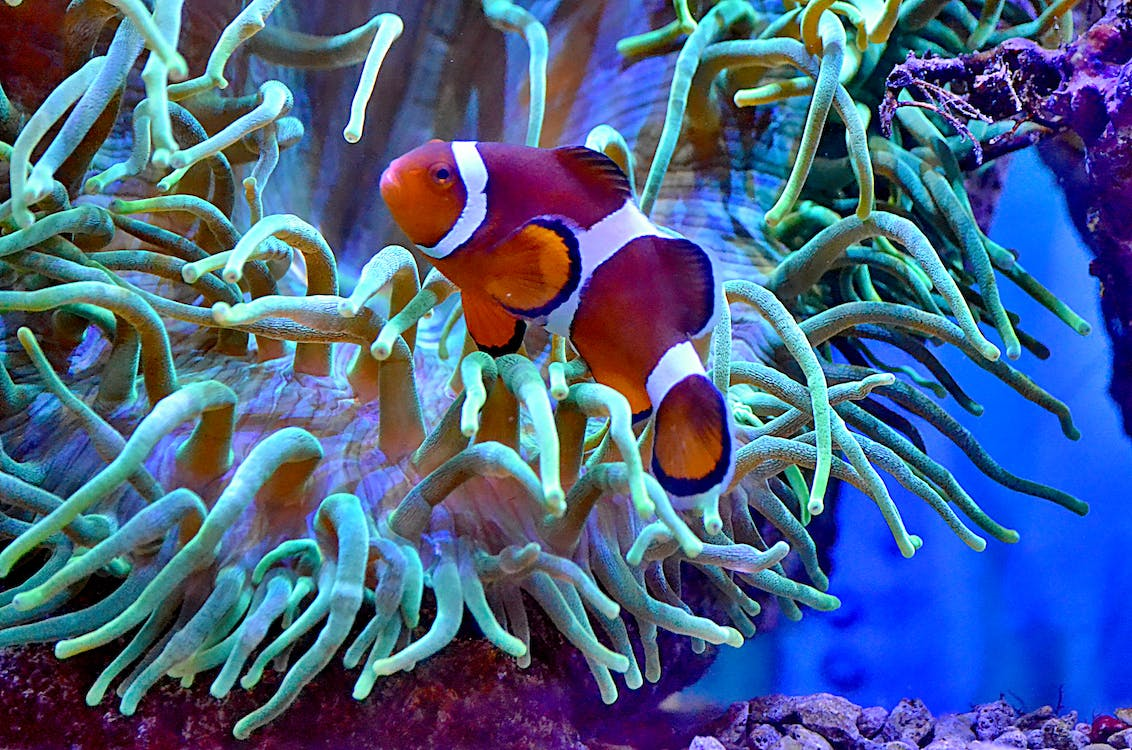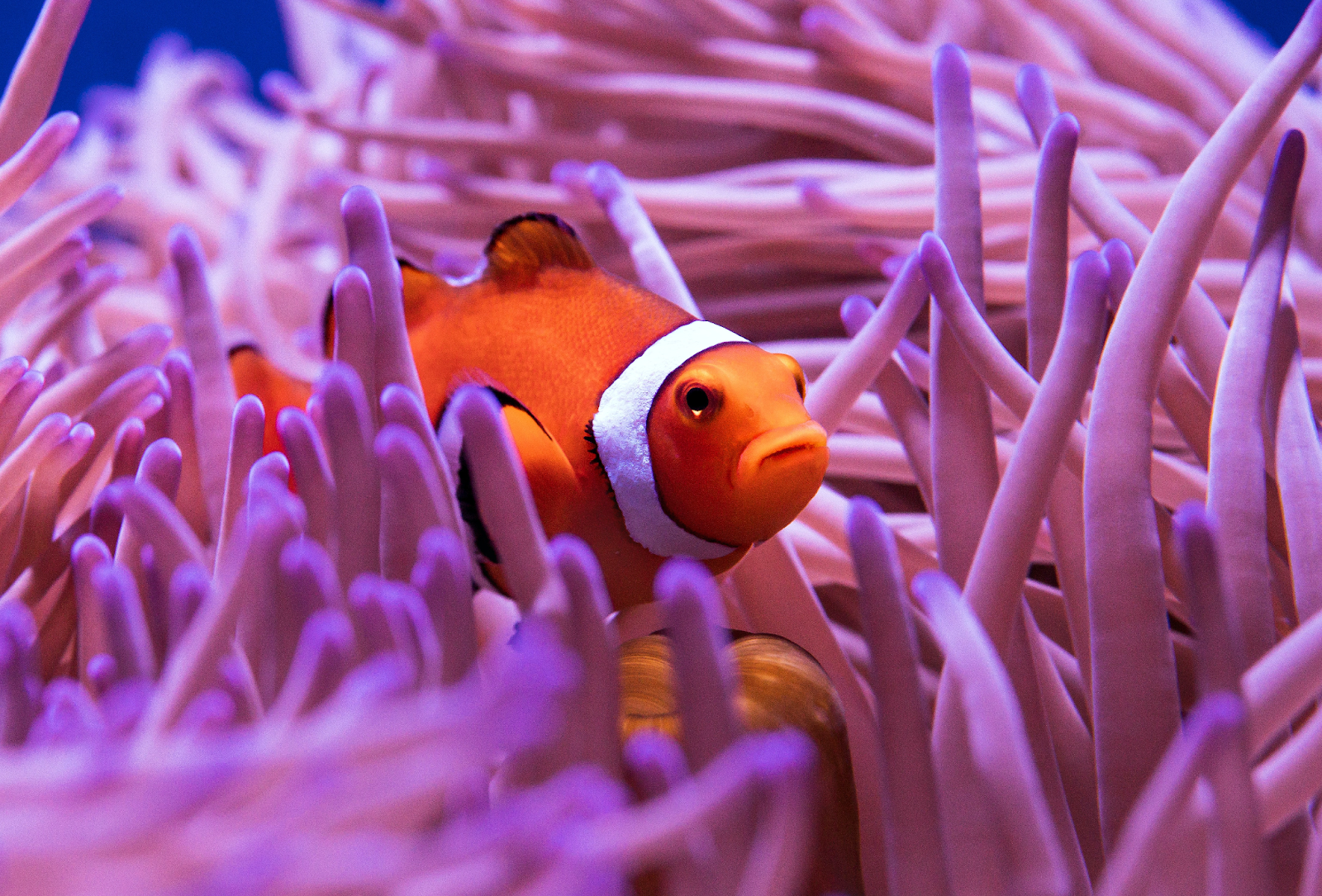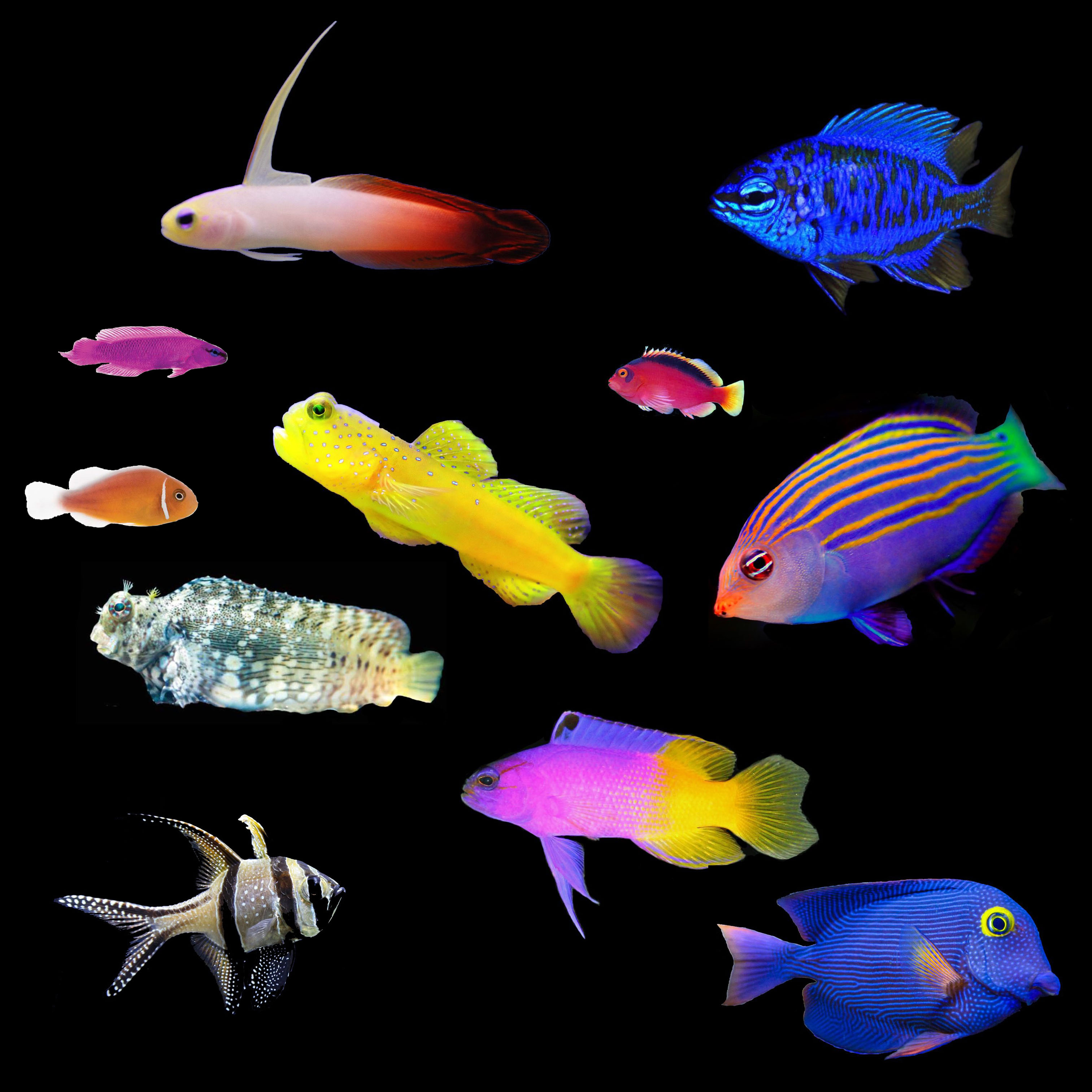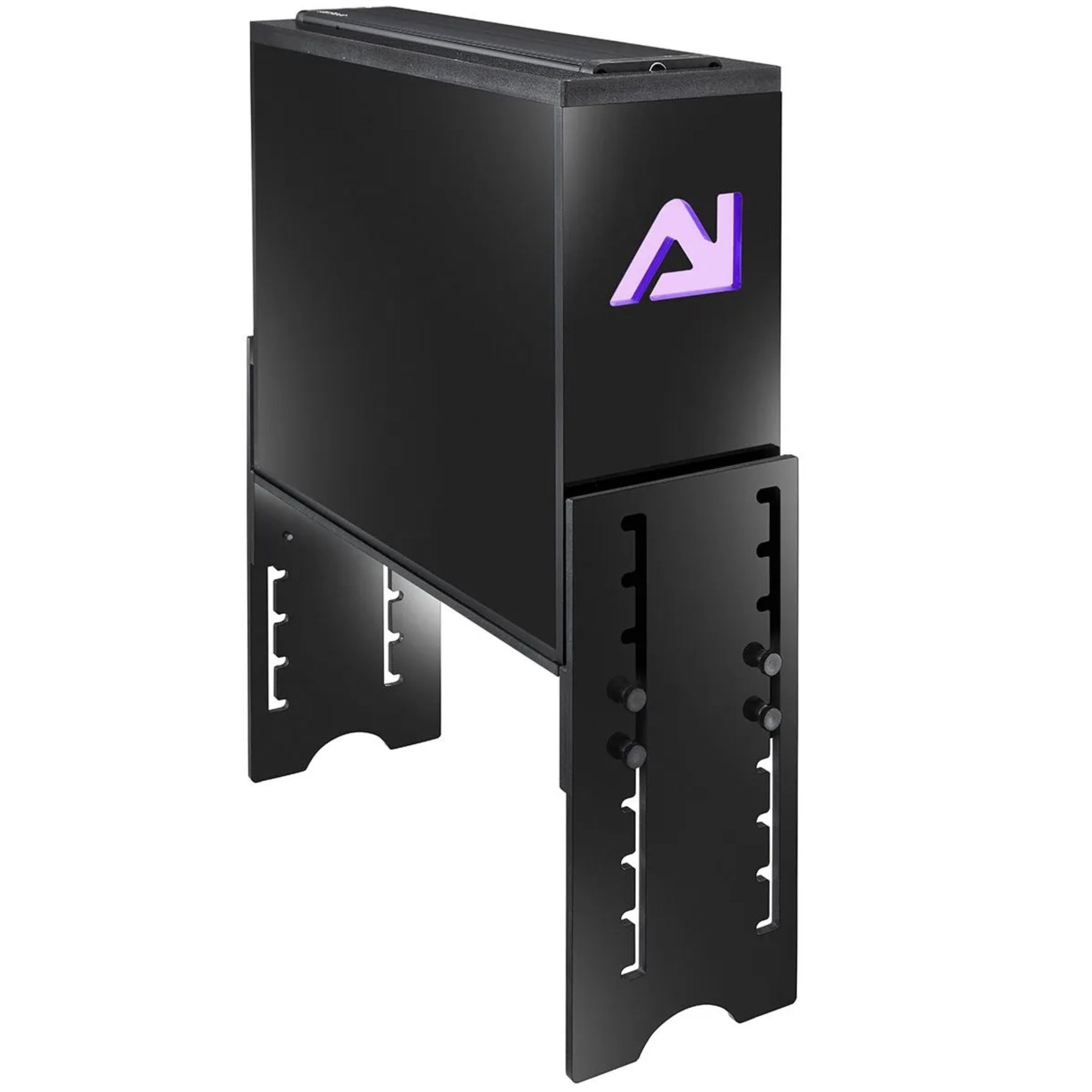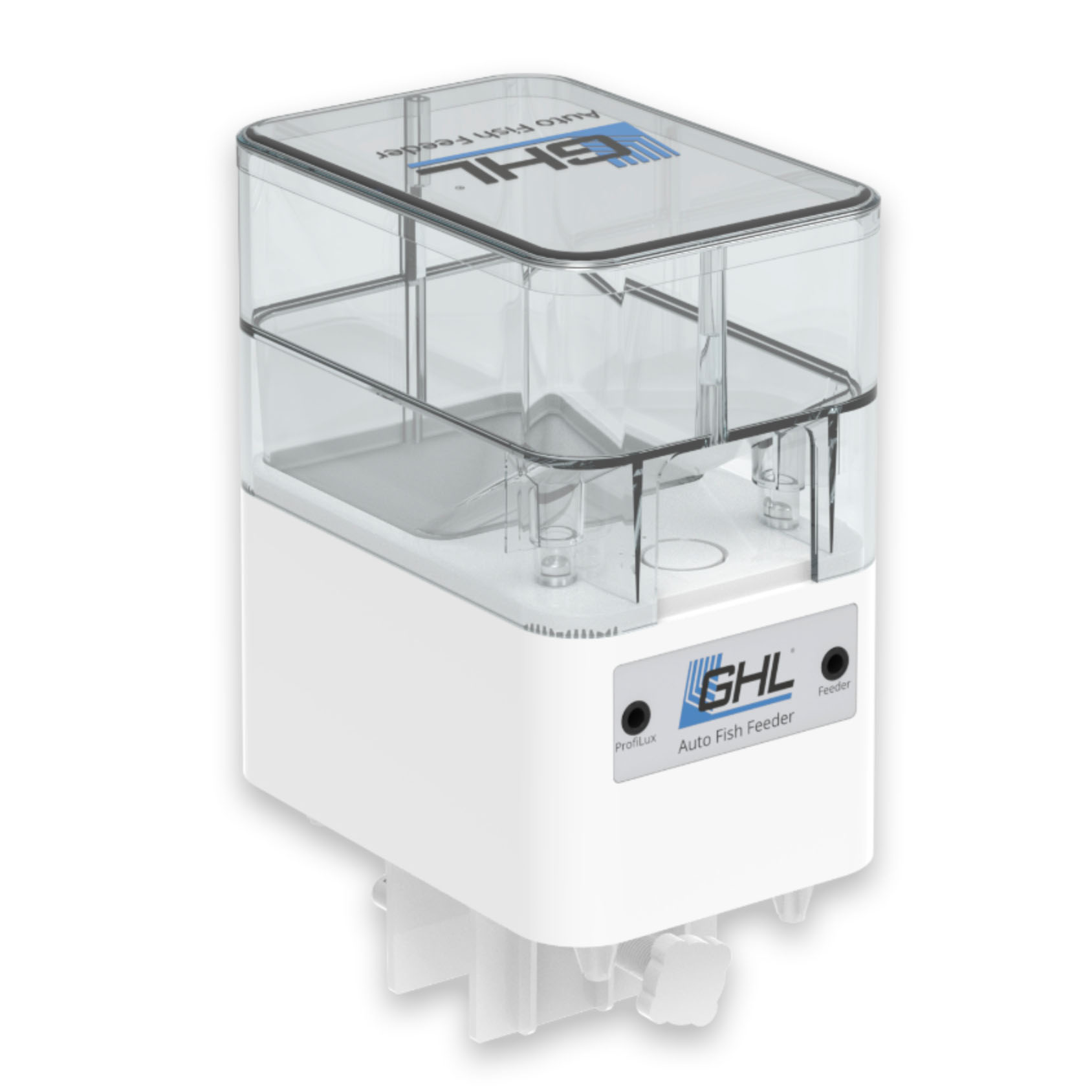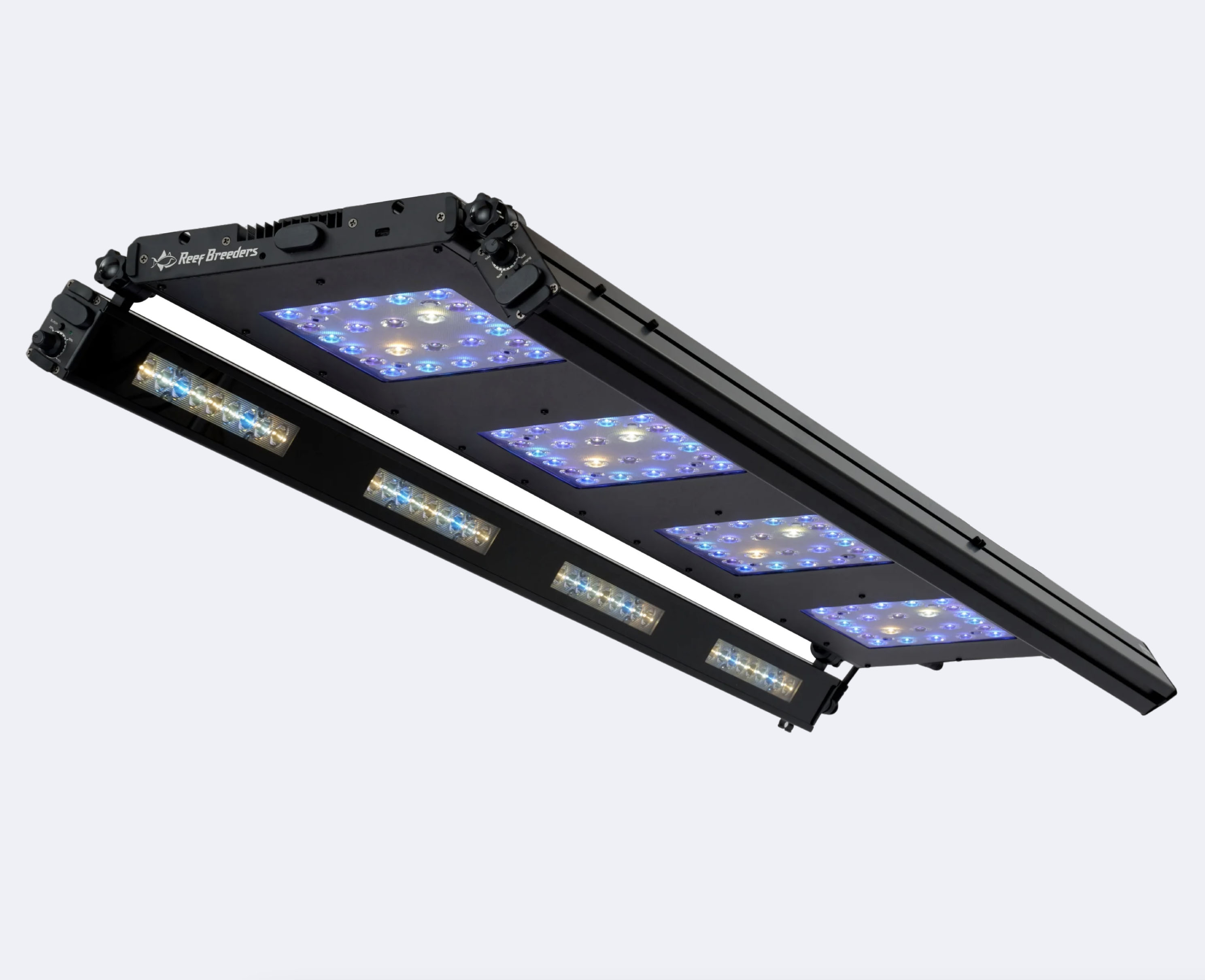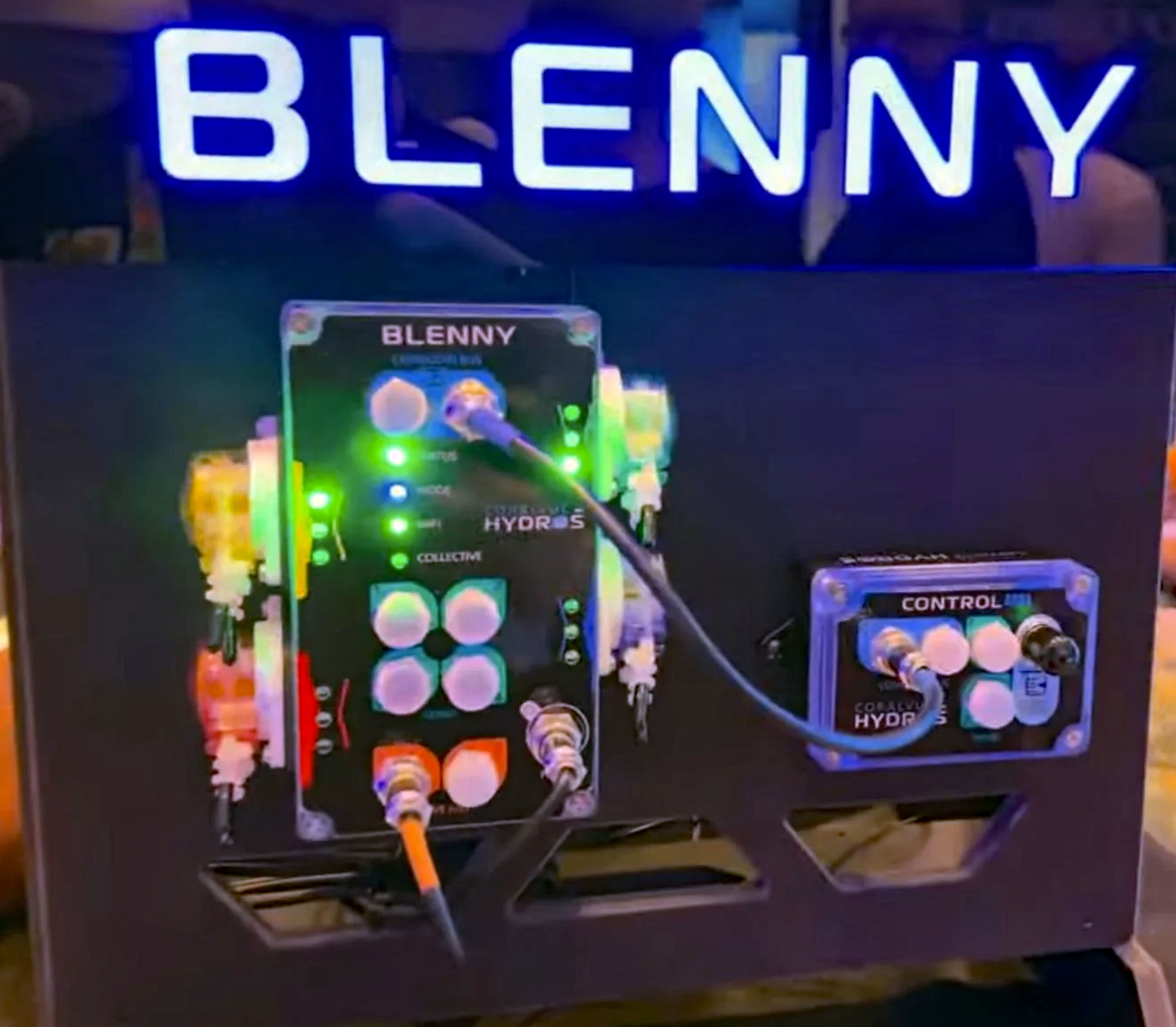We use cookies to make your experience better. To comply with the new e-Privacy directive, we need to ask for your consent to set the cookies. Learn more.
Zoanthids For Your Aquarium: Care, Varieties, Pests and Tips for Success
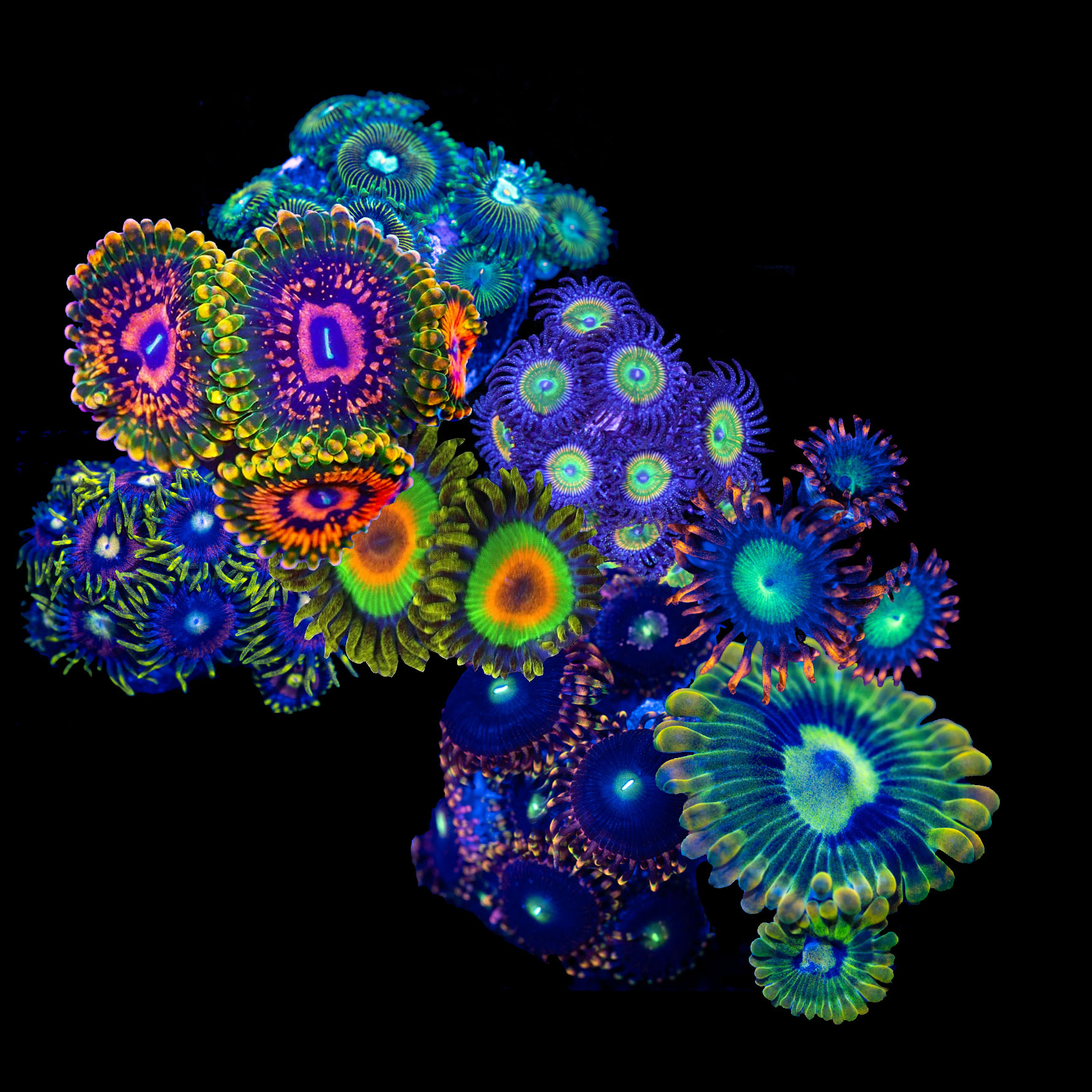
Zoanthids, affectionately known as "Zoas" in the reef-keeping community, are a diverse and colorful group of corals that have captured the fascination of aquarists worldwide for many years. With their stunning array of hues and patterns, coupled with relatively undemanding care requirements (except for some), Zoanthids have become a staple in both beginner and seasoned reef tanks. In this comprehensive guide, we'll dive into the world of Zoanthids, covering everything from care essentials to popular varieties and beyond.
Care Requirements:
One of the most appealing aspects of Zoanthids is their adaptability and ease of care, making them an excellent choice for reef enthusiasts of all experience levels. Here are some key care requirements to keep in mind:
-
Lighting: Zoanthids thrive under a wide range of lighting conditions, from moderate to high intensity. LED lighting systems with customizable settings are popular among hobbyists for providing the optimal spectrum and intensity.
-
Water Parameters: Like all corals, maintaining stable water parameters is crucial for the health and vitality of Zoanthids. Ideal conditions include a temperature range of 72-78°F (22-26°C), salinity between 1.023-1.025, pH levels of 8.1-8.4, and alkalinity of 8-10 dKH.
-
Water Flow: Moderate to high water flow is recommended to prevent detritus buildup and ensure proper nutrient exchange. However, avoid placing Zoanthids in direct, turbulent flow, as it may stress the polyps.
-
Feeding: Zoanthids are primarily photosynthetic but can also benefit from supplemental feeding. They readily consume planktonic organisms and organic particulate matter found in the water column. Target feeding with zooplankton or specialized coral foods from Benepets, Polyp Labs, Prodibio and more. Providing them foods and suplements like Amino Acids can enhance growth and coloration.
Pests to Watch Out For:
While Zoanthids are generally hardy, they can be susceptible to certain pests and predators that may compromise their health. Common pests include:
- Zoanthid Eating Nudibranchs: These small mollusks feed exclusively on Zoanthids, causing tissue necrosis and ultimately death if left unchecked. Brief and careful freshwater dips will dislodge these pests from the coral but 2-3 dips will need to be done about a week apart to fully eradicate these nudibranchs. Unhatched eggs will hatch between these dips and then your problem should be eliminated. Using coral dips are also helpful with these pests. Simply dip the affected zoas in RO/DI water for approx. 5 minutes, Use a pipette or turkey baster to baste the coral several times in the 5 minute period and they will release themselves from the polyps.
- Zoanthid Eating Spiders: A lesser-known but equally problematic pest, Zoanthid eating spiders can inflict significant damage to Zoanthid colonies by consuming their soft tissues and leaving behind unsightly webs. Coral RX and Polyp Lab Reef Primer are popular dip choices. For long term management of pests, some wrasse species like the 6 Line Wrasse or Melanurus Wrasse are great additions for eating numerous types of pests in a reef tank.
- Aiptasia Anemones: Although not a direct threat to Zoanthids, Aiptasia can outcompete them for space and resources if allowed to proliferate and they can also sting and irritate these polyps eventually causing them to die off if left unchecked. Visit part 1 and part 2 to learn more about how to eradicate aiptasia.
To prevent pests in your main display take we recommend proper quarantine procedures or buying from reputable vendors that only sell captive bred / aquacultured zoanthids. When buying wild collected colonies dipping and quarantining these corals for a minimum of 30 days is essential.
Popular Varieties:
Zoanthid enthusiasts are spoiled for choice when it comes to selecting from a vast array of colors, patterns, and even sizes. Some of the most sought-after varieties include:
- Utter Chaos: Renowned for its striking combination of red, orange, and green hues, Utter Chaos Zoanthids are a favorite among collectors.
- Blue Hornets: With vibrant blue centers surrounded by contrasting yellow skirts, Blue Hornets are prized for their electrifying coloration.
- Rasta Zoanthids: Sporting a vivid combination of red, green, and yellow, Rasta Zoanthids add a splash of tropical flair to any reef tank.
- Watermelon Zoanthids: True to their name, Watermelon Zoanthids feature a mesmerizing blend of pink, green, and white colors reminiscent of their namesake fruit.
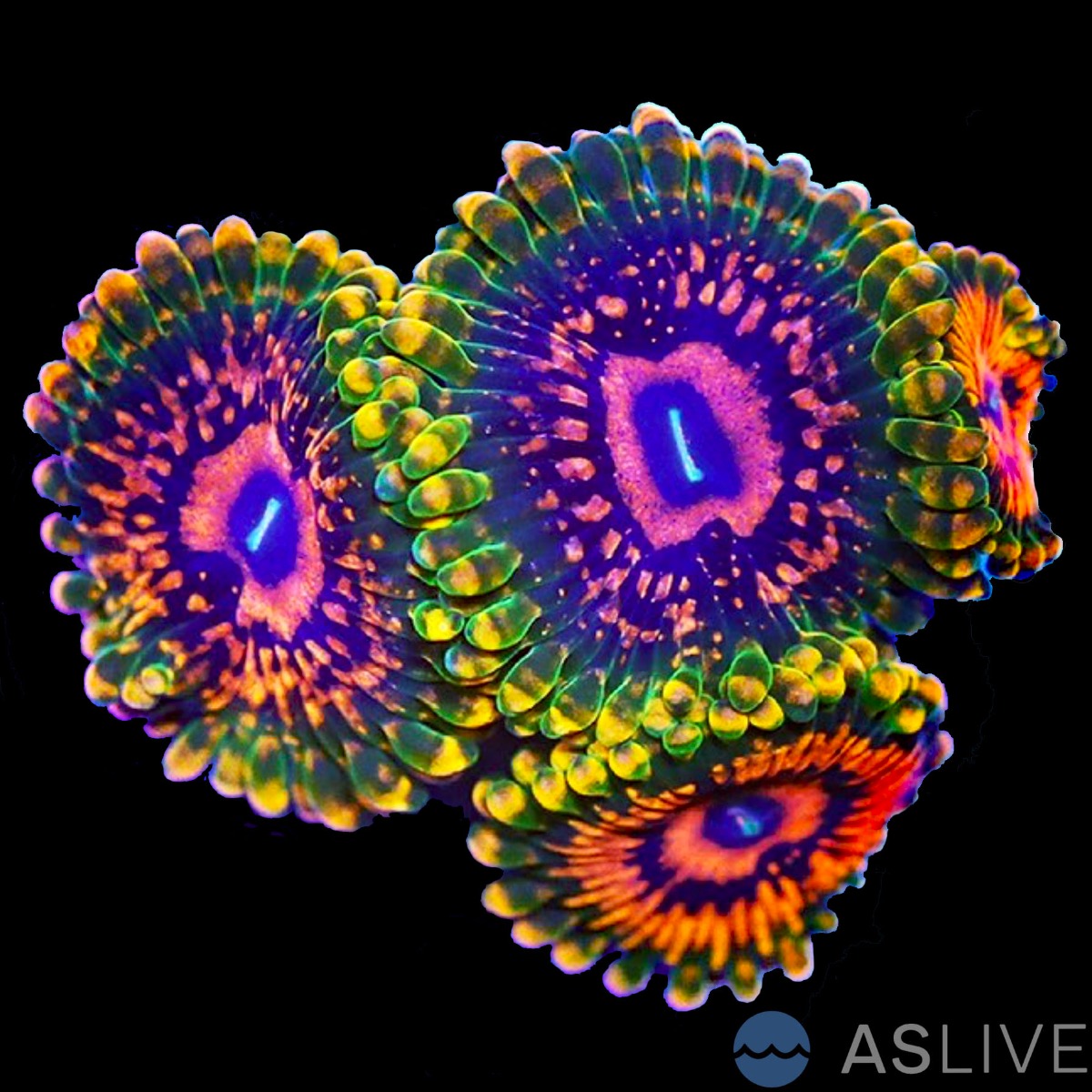
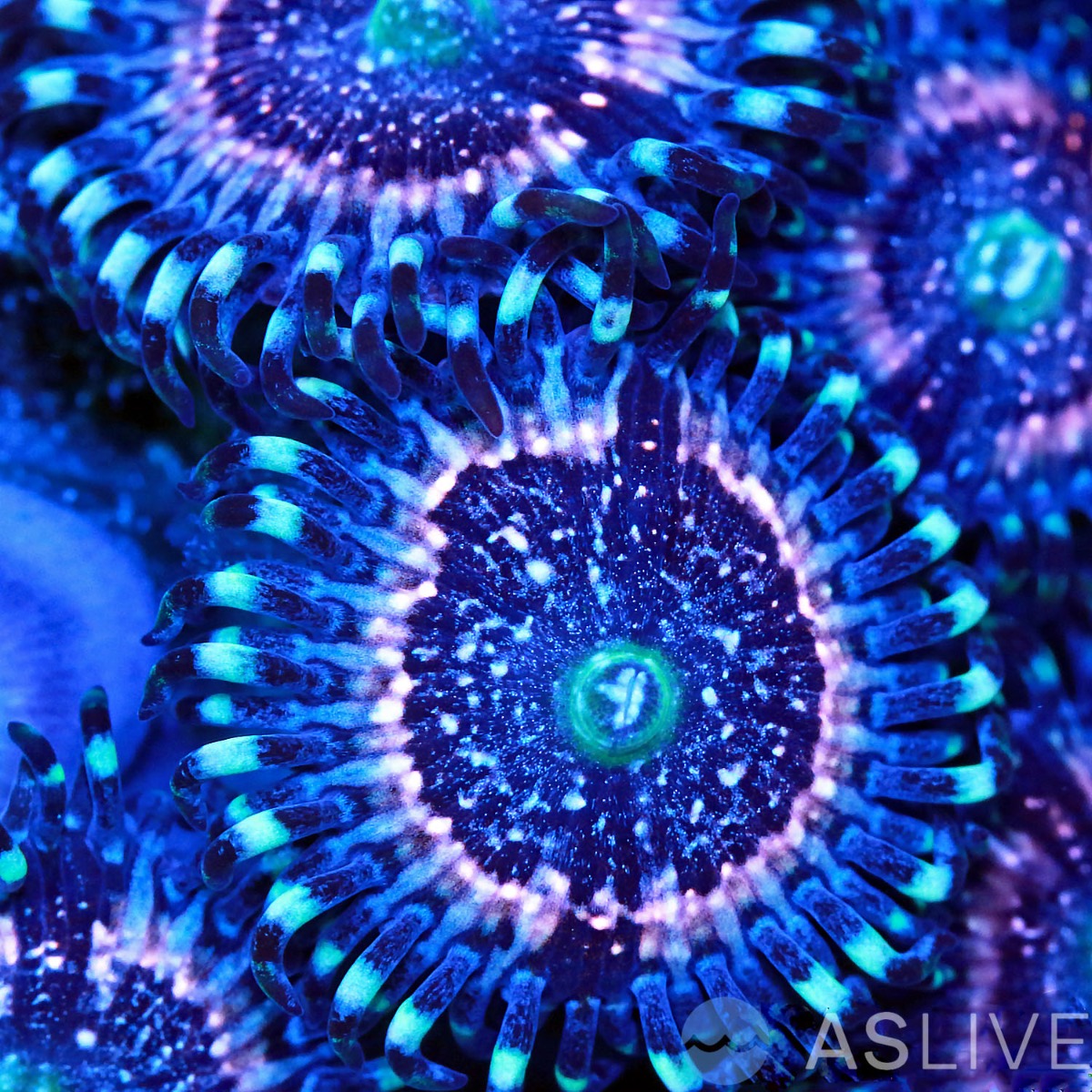
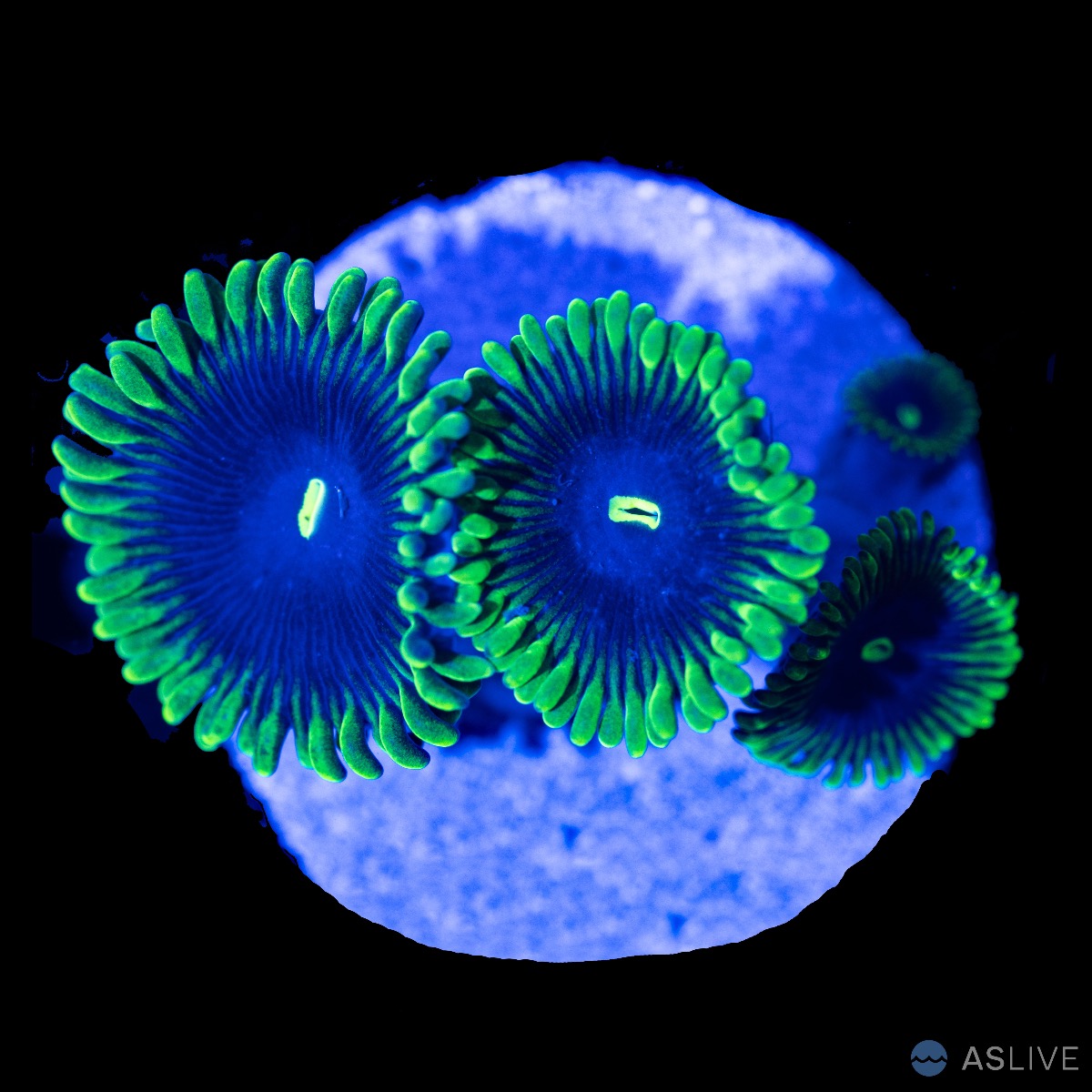
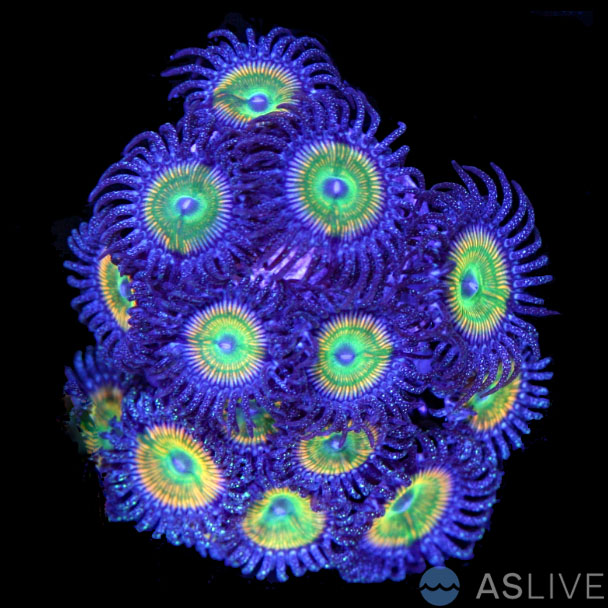
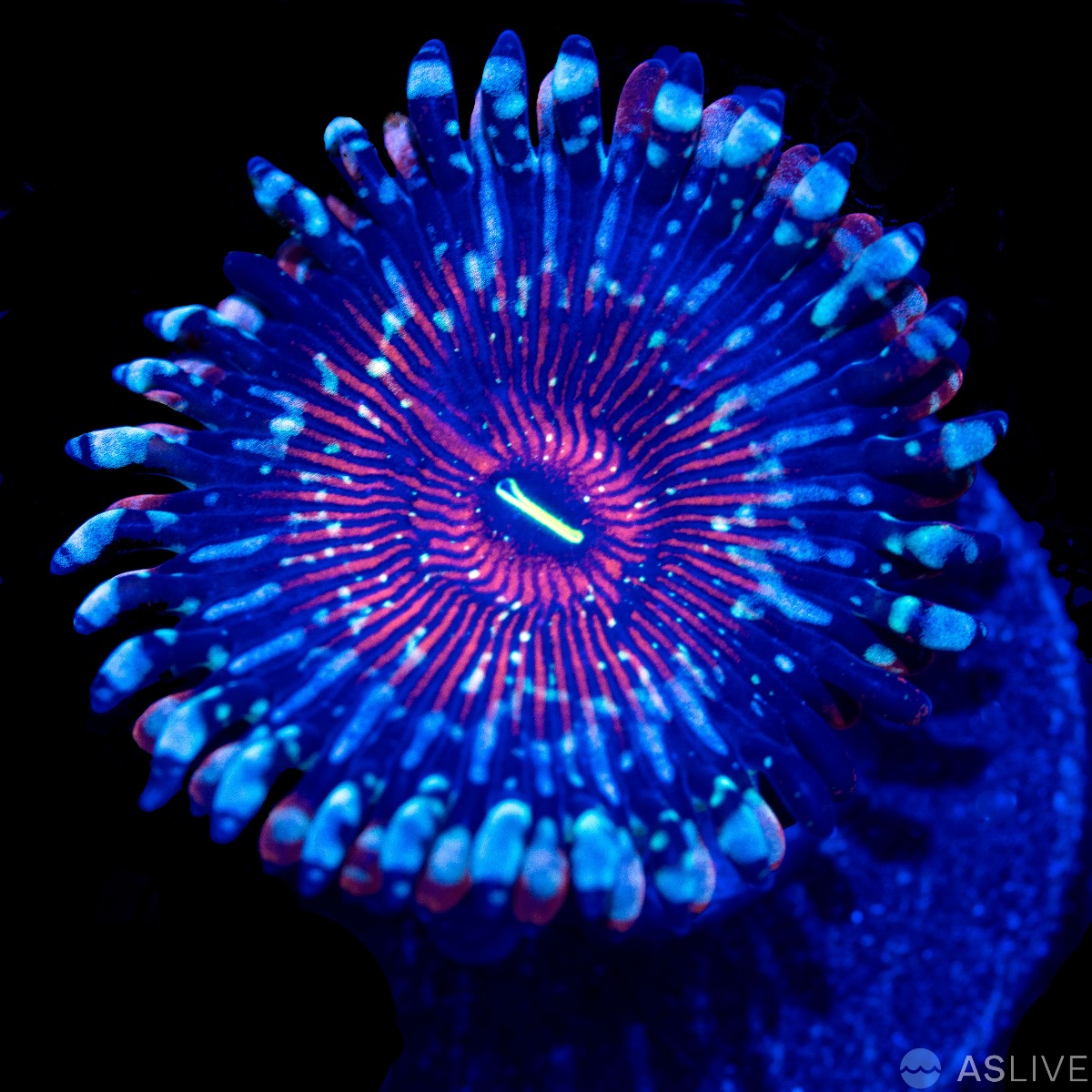
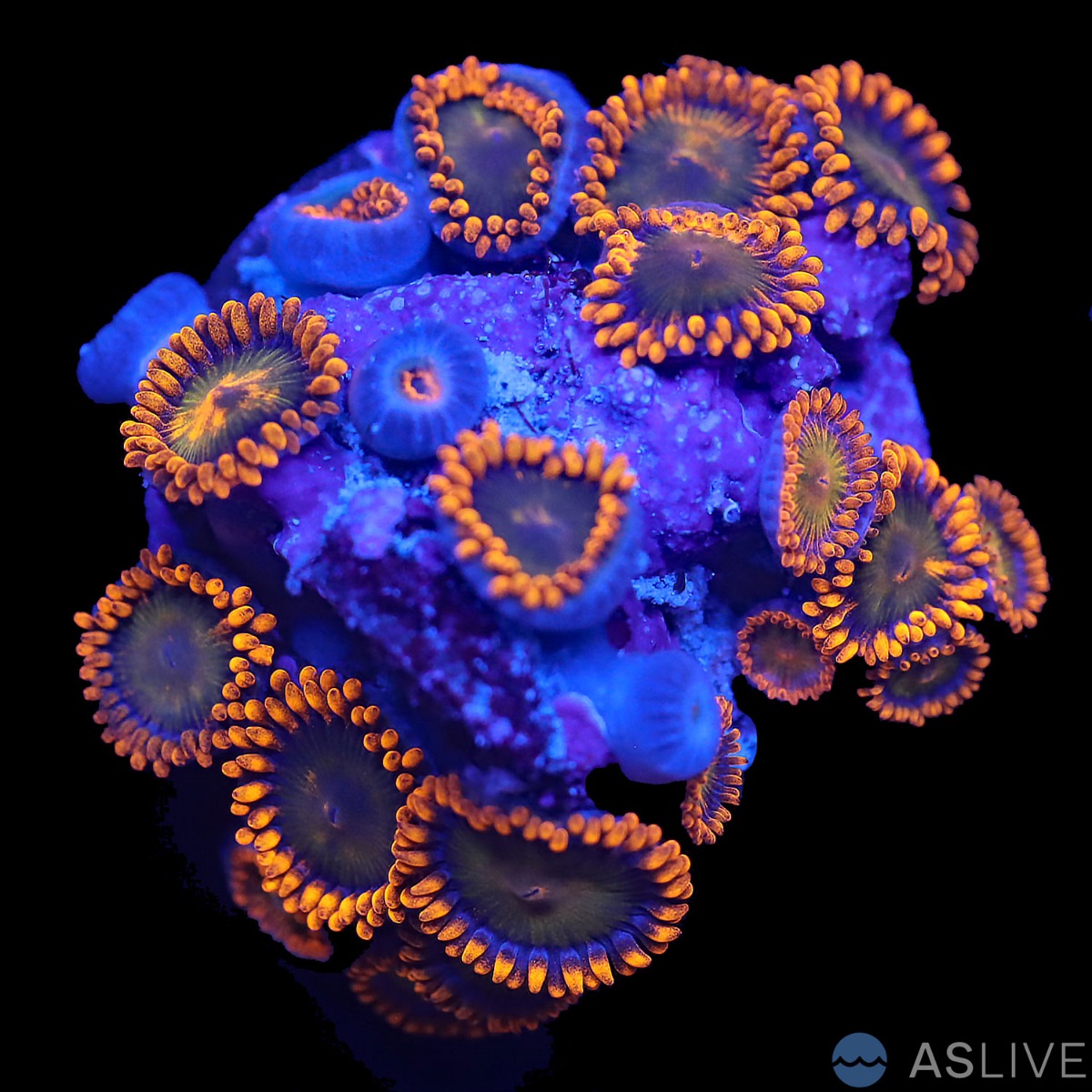
And some of the more expensize choices include Statosphere zoas, Grand Master Krak, Grand Master Chaos, Shop of Horrors Zoa, Frankie's acid trip, Exosphere zoas. Aquarium Specialty offers a wide range, from cheap zoanthids to expensive zoas.
Cheap Zoanthids:
For hobbyists on a budget or those looking to expand their coral collection affordably, cheap Zoanthids offer an accessible option without compromising on beauty or diversity. While some high-end designer varieties command premium prices, many beginner-friendly Zoanthids are available at modest costs, making them an excellent choice for novice reef keepers.
Zoa Placement and Growth Rate:
When placing Zoanthids in the aquarium, consider their growth habit and preferences for optimal positioning. Zoanthids can be attached to rockwork or placed on the substrate, ensuring they have ample space to expand and propagate. Allow sufficient distance between colonies to prevent aggressive interactions and ensure adequate water flow around each polyp.
As for growth rate, Zoanthids are known for their rapid reproduction and colonization under favorable conditions. With proper care and nutrient availability, colonies can expand quickly, carpeting rocks and substrates with their vibrant polyps.
Fragmentation, or fragging, is a common practice among reef hobbyists for propagating coral colonies and expanding their collection. While Zoanthids are relatively easy to frag compared to some other coral species, it's essential to follow proper techniques to minimize stress and ensure successful propagation. Here's a step-by-step guide to safely making Zoanthid frags:
-
Prepare Equipment: Gather all necessary equipment, including sharp coral fragging tools (such as bone cutters, coral shears), safety gloves, safety glasses, frag plugs or discs, and a container of clean saltwater. The Gryphon Aquasaw is also a very popular way of fragging zoas and other corals.
-
Choose Healthy Colonies: Select robust and healthy Zoanthid colonies for fragging, avoiding specimens that show signs of stress, disease, or recent damage. Ensure the colony has ample polyps and appears healthy and vibrant.
-
Identify Fraggable Portions: Examine the Zoanthid colony to identify suitable portions for fragging. Look for areas where the colony has natural separations between polyps or where it can be easily divided without causing undue harm to the tissue.
-
Sterilize Fragging Tools: Before proceeding, sterilize your fragging tools by soaking them in a solution of coral dip or iodine for several minutes. Rinse the tools thoroughly with freshwater, or better zet RO/DI water and allow them to air dry to prevent contamination.
-
Cutting Technique: Using sharp, clean fragging tools, carefully cut through the soft tissue of the Zoanthid colony, creating individual frags. Aim to make clean, precise cuts to minimize tissue damage and promote faster healing. Avoid crushing or tearing the tissue, as this can increase the risk of infection. Some zoas are much more sensetive to cuts so if you are unsure it is safe to do so then we recommend consulting with an expert.
-
Attach Fragments: Once the frags are cut, immediately transfer them to a container of clean saltwater to minimize stress and prevent desiccation. Prepare frag plugs or discs by applying a small amount of cyanoacrylate gel (super glue) to the base of each frag, then carefully press them onto the plugs or discs, ensuring they are securely attached. We prefer using a thick gel and not the over the counter stuff you would find at most retail chain stores.
-
Healing and Recovery: Place the newly fragged Zoanthid frags in an area of the aquarium with moderate water flow and appropriate lighting conditions. Monitor the frags closely for signs of stress or infection, and perform regular water changes to maintain optimal water quality.
-
Propagation and Growth: Over time, the fragged Zoanthid frags will begin to heal and encrust onto the frag plugs or discs, forming new colonies. Provide regular feedings of planktonic food particles or specialized coral foods to promote growth and vitality.
-
Patience and Observation: Be patient and allow the Zoanthid frags sufficient time to acclimate and establish themselves in their new environment. Monitor their progress closely, observing for signs of growth, coloration, and polyp extension.
By following these guidelines and exercising care and patience, aquarists can safely and effectively propagate Zoanthid colonies through fragging, expanding their coral collection and contributing to the sustainability of the reef aquarium hobby.
Zoanthids represent a captivating and low-maintenance addition to reef aquariums, offering a kaleidoscope of colors and patterns for aquarists to enjoy and it's hard not to love them. By adhering to proper coral care practices, remaining vigilant against potential pests, and exploring the vast array of available varieties, enthusiasts can cultivate thriving Zoanthid colonies that serve as vibrant focal points in their reef tanks. Whether you're a seasoned reef keeper or embarking on your first saltwater aquarium, Zoanthids will remain a staple for most of us in the reef aquarium hobby.




